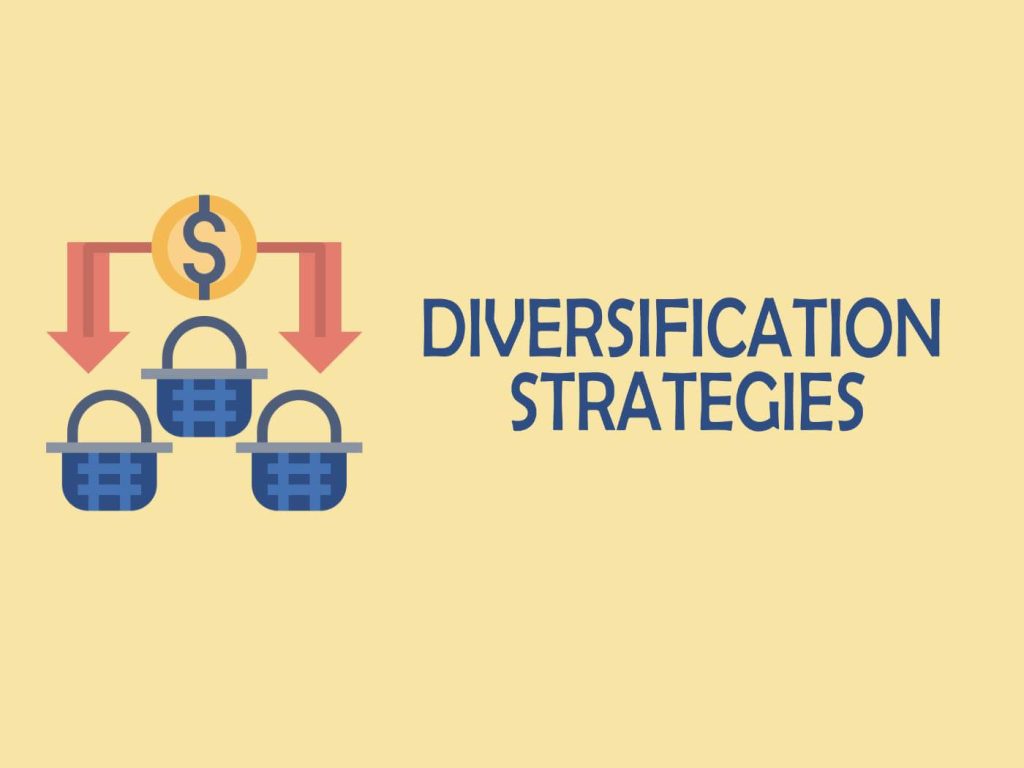
Diversifying Your Product Line to Reduce Market Risk
In a volatile e-commerce landscape, relying on a single product or narrow assortment can leave your business vulnerable to seasonal slumps, supply chain issues, or shifts in consumer behavior. Diversifying your product line is a smart strategy to reduce market risk, boost revenue, and build long-term resilience. Whether you’re an Amazon seller, Shopify merchant, or established brand, a carefully planned expansion can help you capture new audiences and strengthen your position in the marketplace.

Why Diversification Matters in E-commerce
Market unpredictability is the new norm. Even a best-selling item can lose traction due to increased competition, regulatory changes, or evolving consumer preferences. By diversifying, you mitigate the risk of over-reliance on any one SKU or niche. Instead of scrambling when demand drops, you’ll already be positioned to pivot or shift focus to another profitable product line.
A well-diversified portfolio:
Shields your business from seasonal revenue dips
Attracts multiple customer segments
Increases opportunities for cross-selling and bundling
Enhances your brand’s perceived authority and trust
According to this Shopify guide, brands that expand their assortment thoughtfully often experience higher customer lifetime value and improved brand recall.
How to Strategically Diversify Your Product Line
1. Start with Data-Driven Insights
Before introducing new products, analyze your current performance metrics. Dive into Amazon Seller Central reports, customer reviews, and keyword trends to uncover complementary product ideas. Tools like Helium 10 or Jungle Scout can help pinpoint categories where demand is rising and competition is manageable.
Key considerations include:
Frequently bought together or frequently returned products
Gaps in your catalog based on customer feedback
Seasonal search term volume on platforms like Amazon

2. Expand Within Your Niche
You don’t need to reinvent your brand to diversify. Start by expanding your catalog within your existing niche. For example, if you sell natural skincare, consider launching a variation of your top product—perhaps a travel size or new scent. This minimizes risk while leveraging existing supply chains and brand recognition.
Consider these tactics:
Add complementary accessories (e.g., a pump dispenser for liquid soap)
Offer multipacks, bundles, or gift sets
Create variations by scent, size, color, or format
Walmart Marketplace sellers often use this tactic to test new SKUs while maintaining focus on core strengths. Check this Walmart Marketplace blog for more insight.
3. Explore Adjacent Categories
Once you’ve maximized your current niche, explore adjacent categories that share your target audience. For instance, a seller of gourmet salts might expand into cocktail rimming sugars, tapping into a broader entertaining or culinary lifestyle category.
Tips to succeed in new categories:
Research compliance and category restrictions on platforms like Amazon
Use A/B testing to assess which new products resonate
Lean into influencer feedback or social listening tools to understand emerging trends
Best Practices for Risk-Managed Expansion
To reduce risk and maintain operational control:
Test small first: Use limited runs, low MOQs, or print-on-demand when possible.
Leverage your existing logistics: Add new items to your current FBA shipments or 3PL network to control costs.
Gather reviews early: Utilize programs like Amazon Vine to get social proof quickly.
Avoid cannibalization: Make sure your new offerings add value without replacing what already works.

Final Thoughts: Growth Without Gamble
Diversifying your product line is not about chasing trends—it’s about building a layered business that can thrive in any season. With the right research, a phased approach, and alignment with your brand identity, you’ll not only reduce market risk but also unlock new revenue streams and deeper customer loyalty.
As e-commerce platforms like Amazon, Shopify, and Walmart continue to grow and evolve, product line diversification will remain a core strategy for sellers seeking to scale smartly and sustainably.














